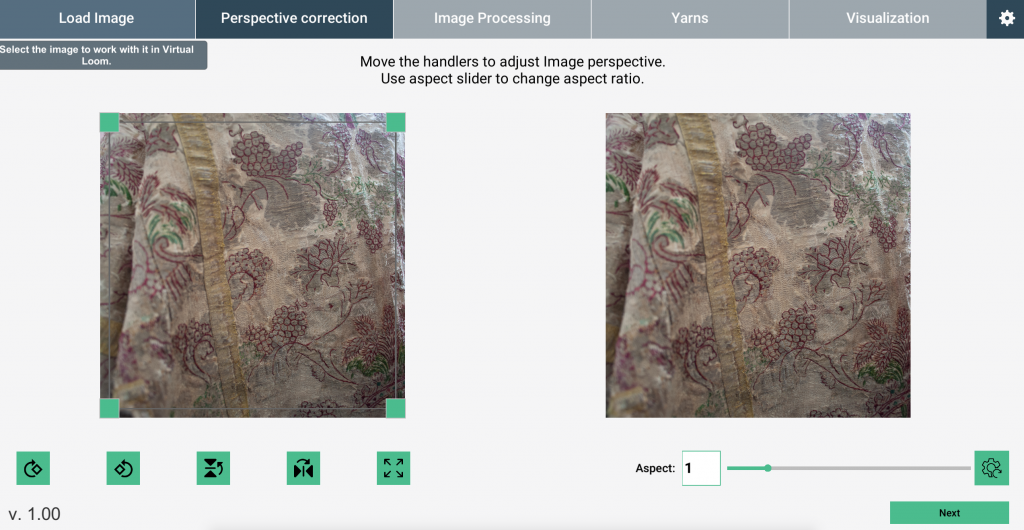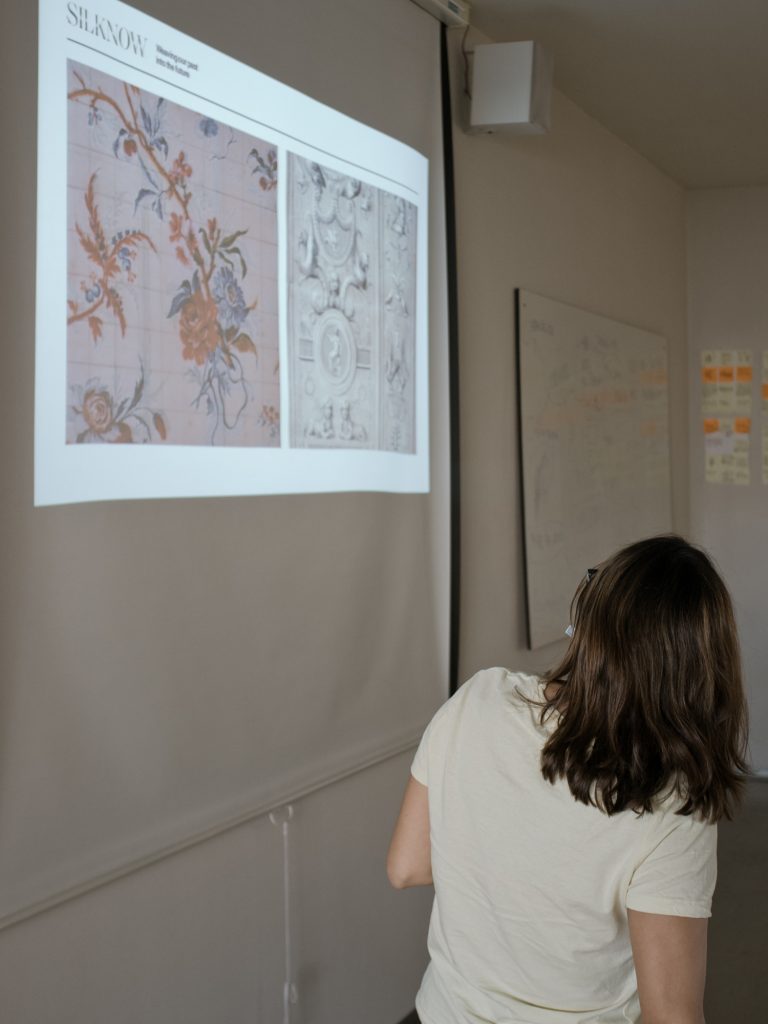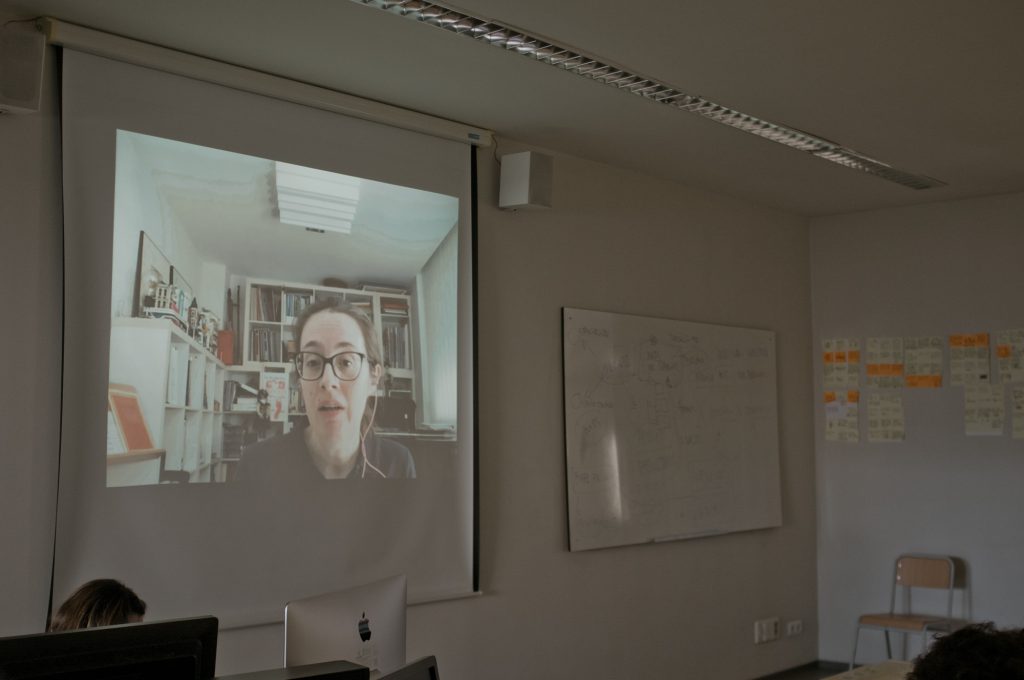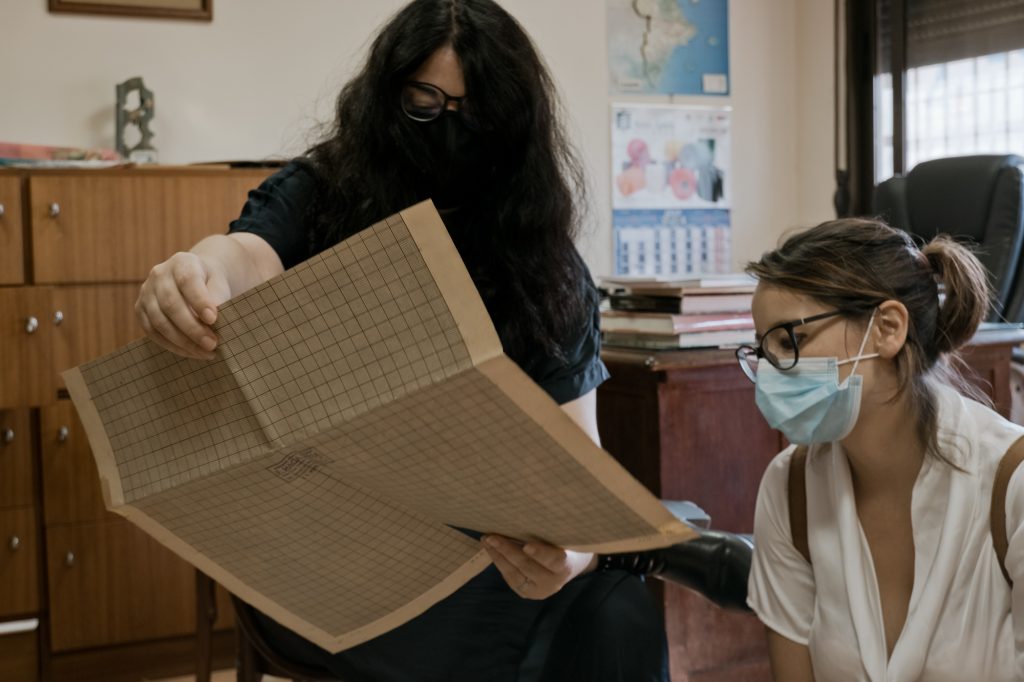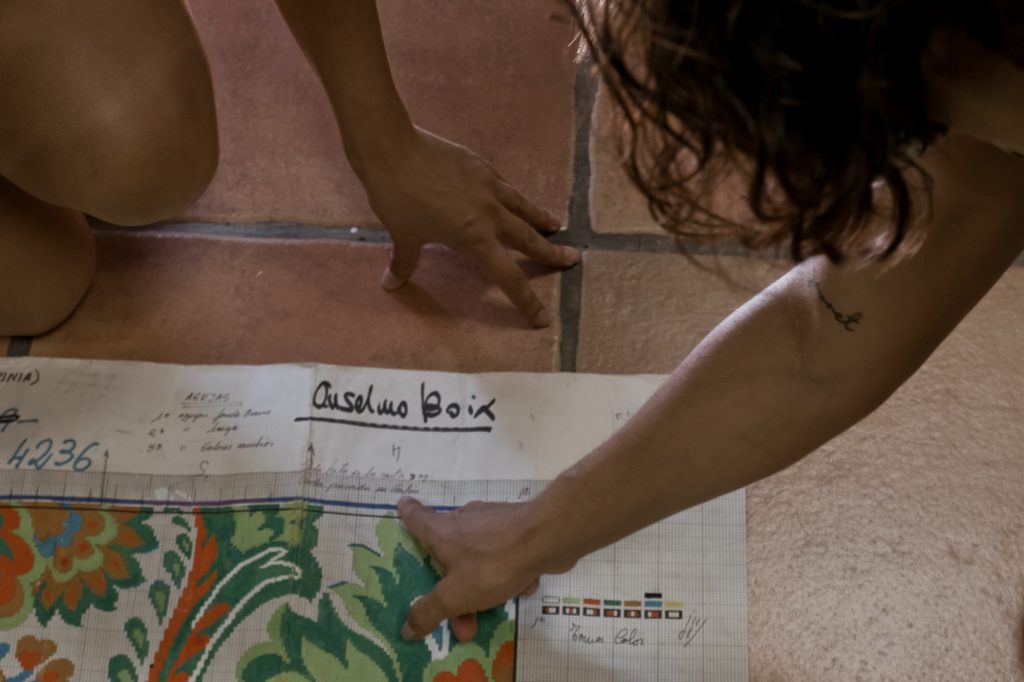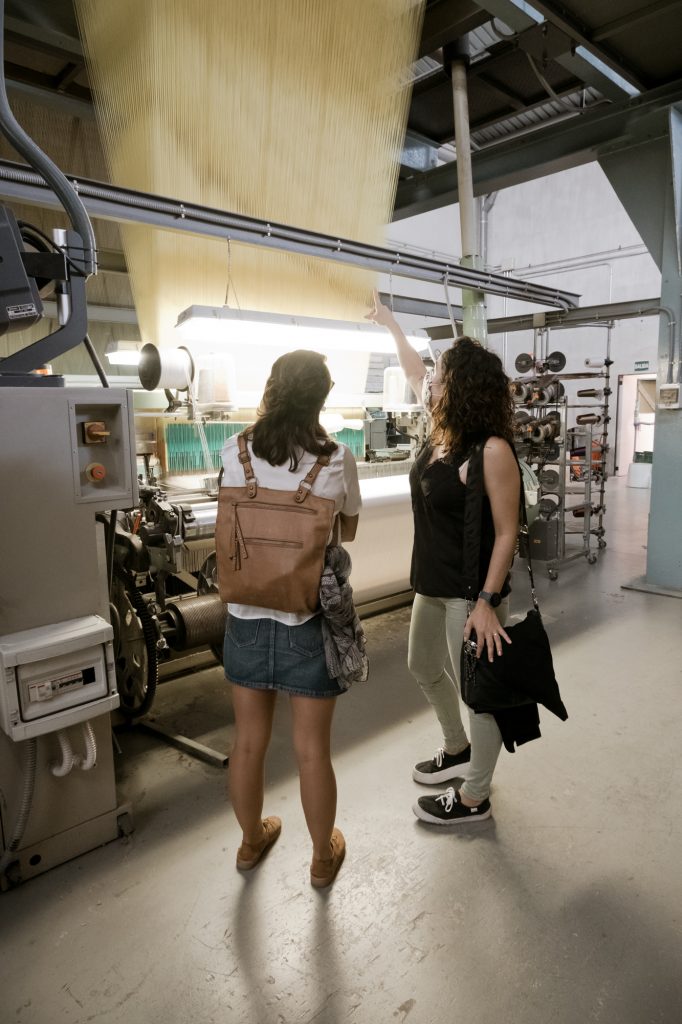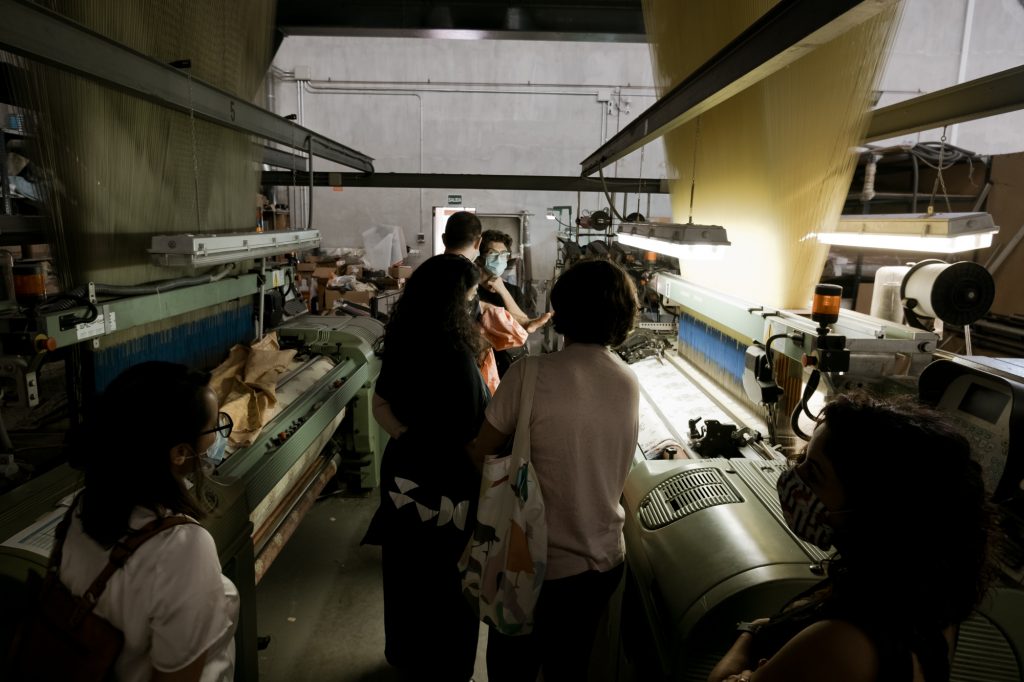La Ruta de la Seda

El material didáctico La Ruta de la Seda ha sido especialmente diseñado para el aprendizaje de español a través de diferentes aspectos relacionados con la seda en Europa. El objetivo de su publicación en el portal SILKNOW es el de difundir nuestro patrimonio cultural y poner en valor el intercambio cultural que supuso y todavía supone la producción y el comercio de la seda.
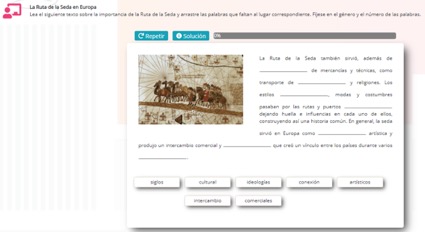
El material puede ser utilizado por estudiantes de nivel B1 de español para el aprendizaje autónomo y también por profesores para el trabajo dentro de un curso, en el aula o fuera de ella. La Ruta de la seda consta de cuatro temas relacionados con la Ruta de la seda y las huellas que ha dejado en nuestra historia y nuestro presente:
- Las ciudades de la Ruta de la Seda
- Historia de la seda en Europa
- Procesos y creación de la seda
- Historia de la moda
Cada uno de los temas puede trabajarse de manera independiente, supone aproximadamente tres horas de trabajo e incluye tres capítulos y un total de 18 actividades interactivas para aprender variados contenidos culturales, ampliar el repertorio léxico y consolidar su conocimiento gramatical.
Las actividades se han desarrollado en variadas dinámicas como arrastrar, colorear, elegir opciones, escribir, relacionar, etc. Ofrece una retroalimentación automática que permite al alumno conocer si ha realizado correctamente la actividad, y si lo requiere, puede siempre acceder al sistema de corrección automático, que ofrece la solución de la actividad. Al final de cada tema el alumno accede a una actividad de autoevaluación para revisar los contenidos más relevantes. Igualmente, la plataforma ofrece un sistema de seguimiento automático que indica al alumno qué ha hecho y qué le falta por hacer, y sitúa al alumno en el punto en el que dejó la última sesión. Estas características hacen que el material sea idóneo para el trabajo autónomo.
El material ha sido desarrollado por la Universidad de Valencia, que ha contado con los desarrolladores de la empresa ALTEN, con la colaboración del Instituto Cervantes, que ha asesorado en el proceso de diseño y revisiones, y lo ha pilotado en su red de centros. Agradecemos desde aquí la participación en el pilotaje de este material de los alumnos y profesores de los centros del Instituto Cervantes en Belo Horizonte, Bucarest, El Cairo, Lyon, Orán, Sao Paulo y Varsovia.
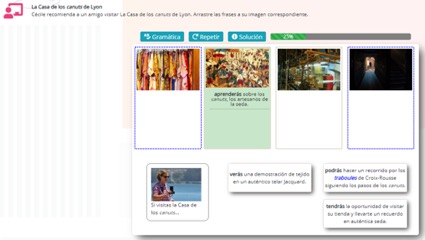
El material es de acceso libre y se puede consultar en: https://silknow.uv.es/moodle/login/
Información para profesores. Tabla de contenidos.
– Me pareció tan interesante que empecé a ver la serie “Marco Polo” en Netflix.
– Me gustó el contenido cultural y descubrir cosas nuevas sobre ciudades conocidas en mis viajes
– Combinación entre textos con muchas palabras nuevas y gramática.
Testimonios de alumnos que participaron en el pilotaje
– Se trata de un tema poco conocido por mis estudiantes. Además de ser una experiencia muy dinámica, interactiva y de aprendizaje lingüístico.
– Material atractivo, divertido, cultural, enriquecedor.
Testimonios de docentes
Información en inglés
